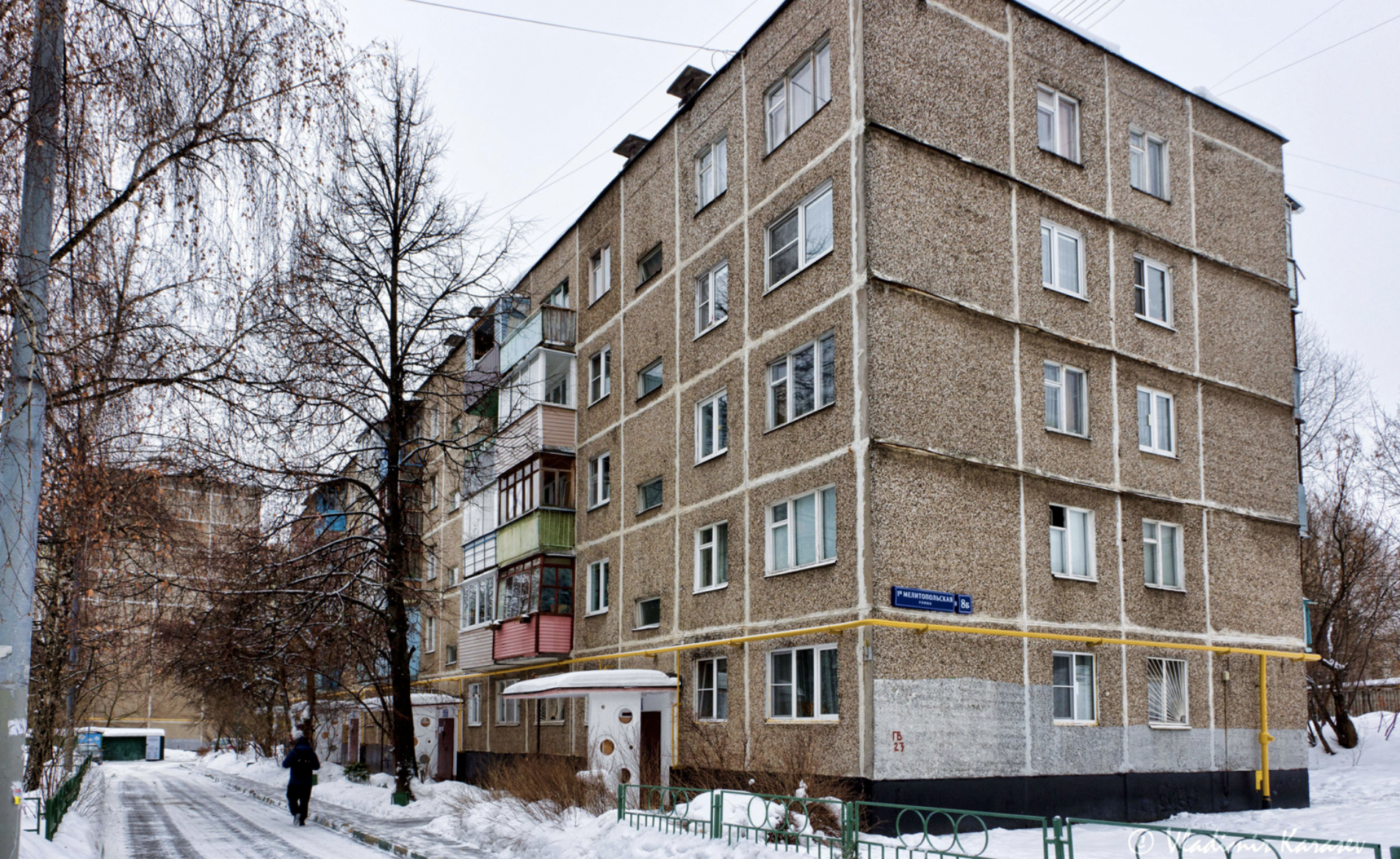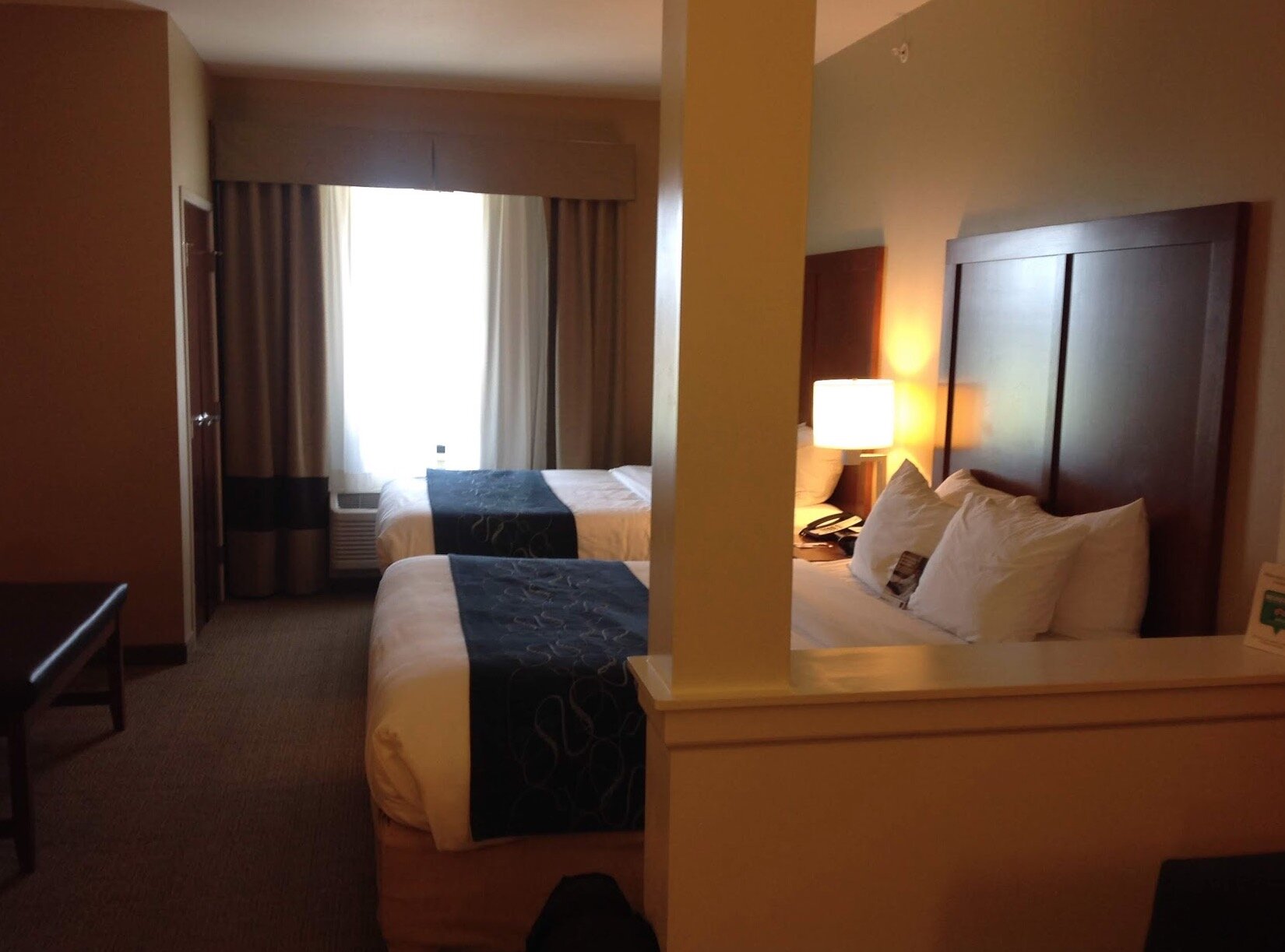Американская Хрущевка (American Khrushchyovka)
Strong Towns member Johnny Sanphillippo blogs at Granola Shotgun. This post is republished from his blog with permission. You can view the original, with additional photos, here.
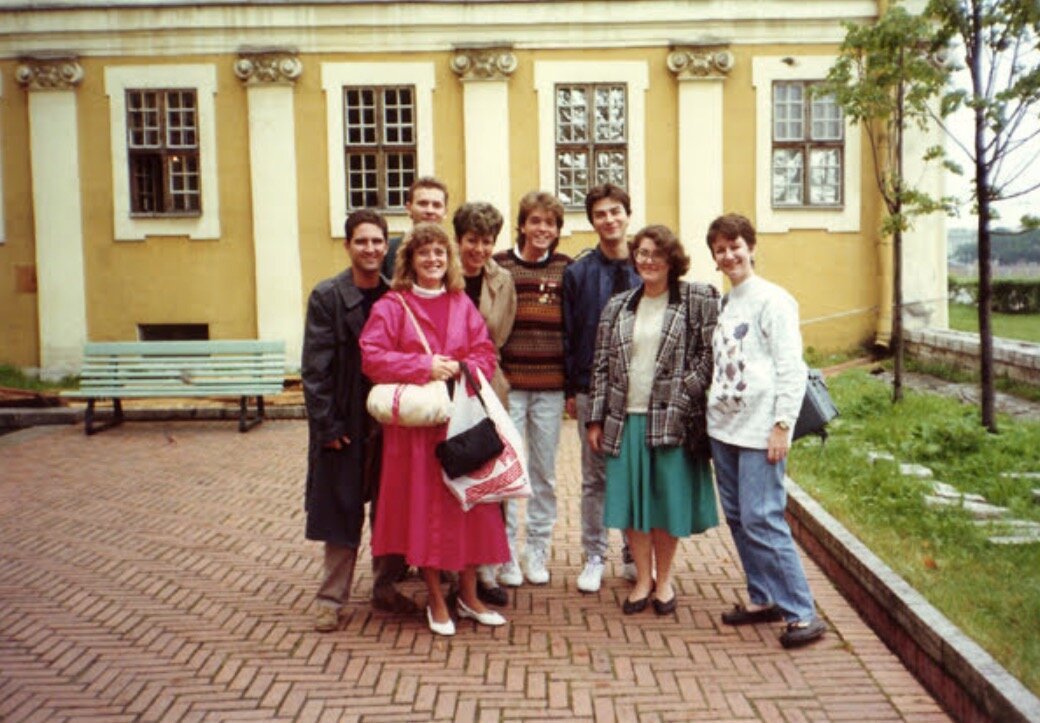

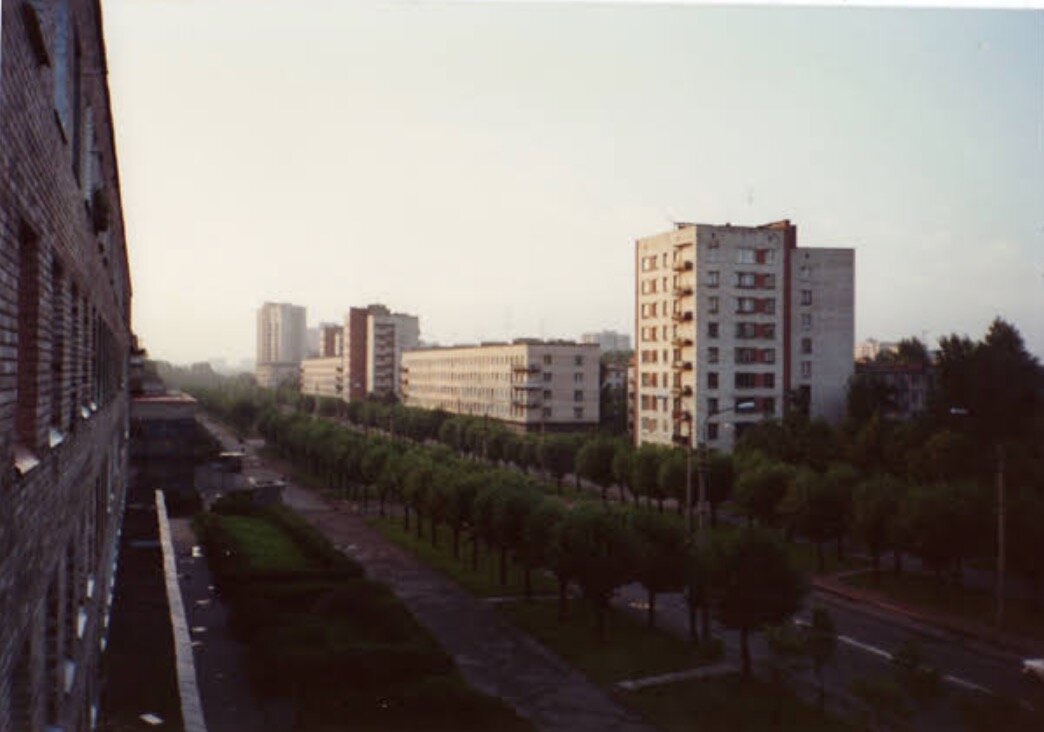
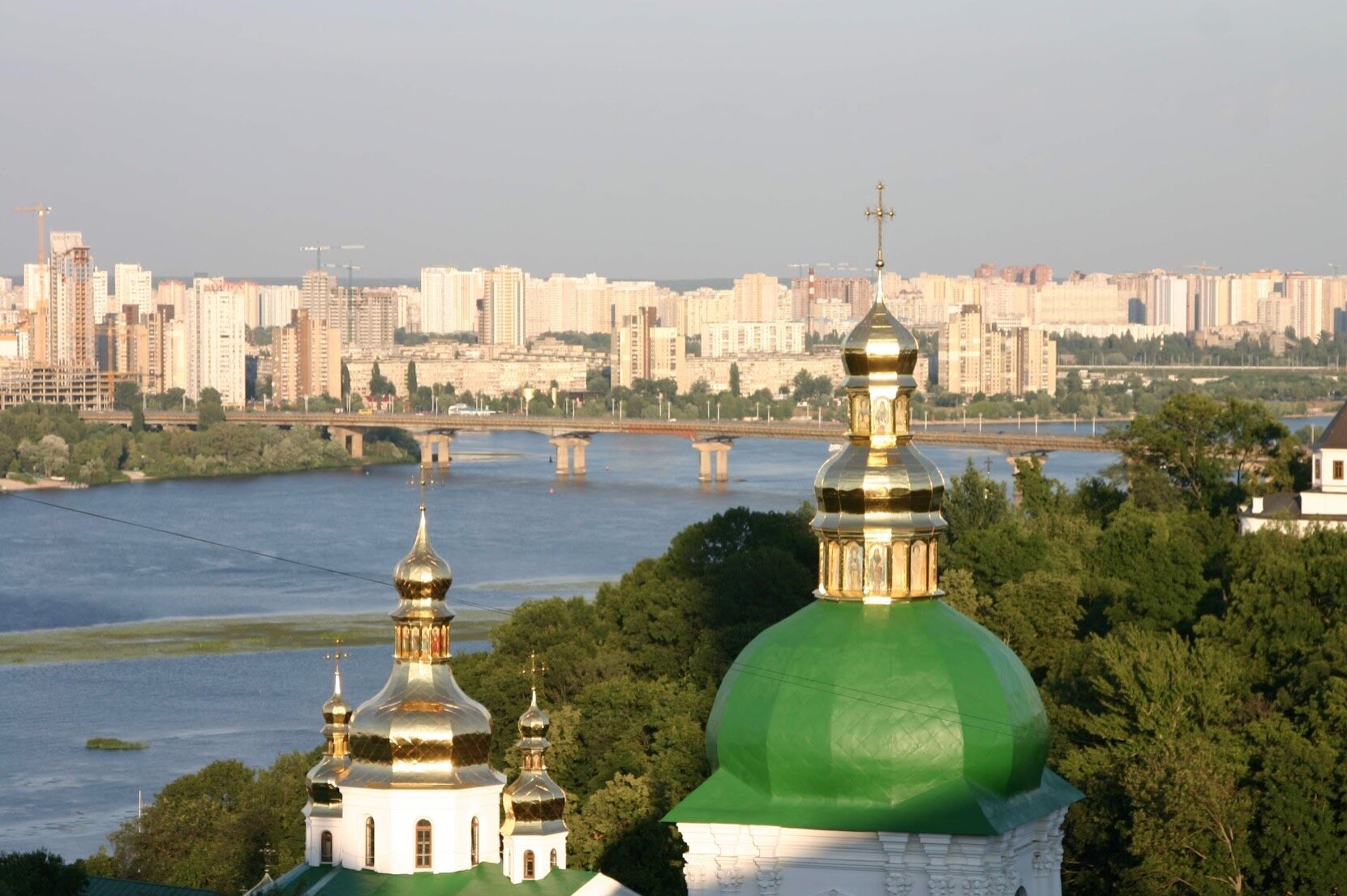
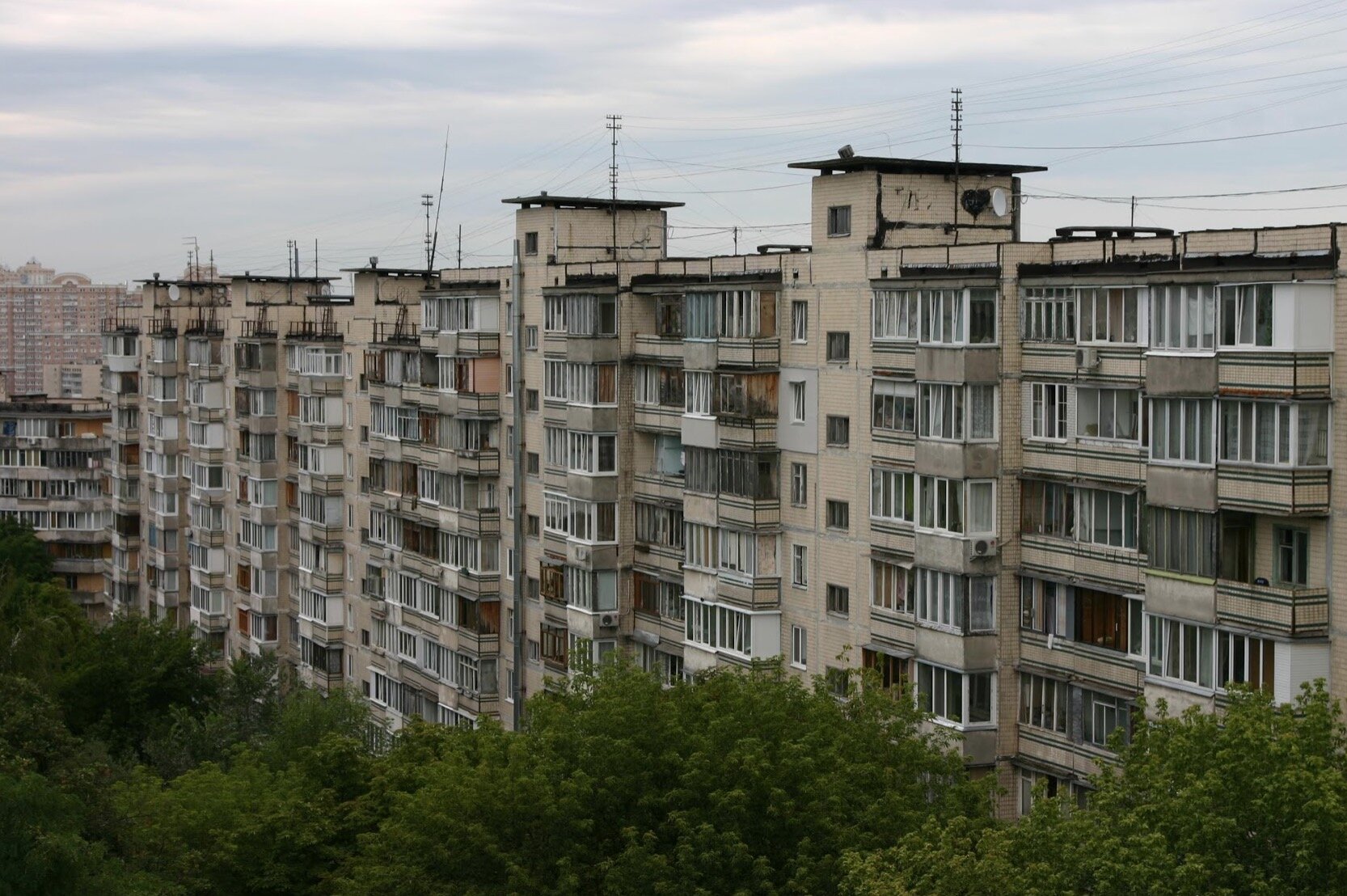
First, a definition is in order. A khrushchyovka is a typical Soviet era apartment block that derives its name from Nikita Khrushchev who implemented the initial design concept and construction. I lived in a few of these with Russian families in Leningrad and Moscow as a young adventurer the summer after the Berlin Wall fell. Later trips took me to Kiev, Riga, and surrounding areas. These ubiquitous buildings were mass produced from standardized parts by centralized authorities and were duplicated by the millions across the Soviet sphere. This was in response to a housing crisis in the mid twentieth century. They were meant to be a temporary stop-gap solution that would last for twenty five years until permanent replacements were formed, but many are still occupied decades later. As is so often the case everywhere, there is nothing more permanent than a temporary solution.
A typical khrushchyovka was built with three to five stories since that was the most economical geometry. Regulations also required a costly elevator if a building was any taller. Only housing near the center of important cities could justify the extravagance of additional bells and whistles. The provinces and suburbs got low rise walk-ups. The individual apartments were small with minimal amenities in order to provide as many families new homes as fast as possible at the least cost.
Excellent articles on the current state of today’s khrushchyovka stock can be found here and here. It’s the good, the bad, and the ugly all at once. If an aging apartment is in a desirable location and is occupied by a small number of people who are reasonably prosperous the situation can be quite livable. Check out this Russian pixie mom and her DIY YouTube channel as she decorates her khrushchyovka. If too many budget conscious people are packed tight in an identical poorly maintained flat in a crappy part of the metroplex life can be unbearable. In other words, it’s like any place else in the world.
I want to pause here for a minute and clarify my position. Watch these two short videos on prefabricated construction techniques—one from the Soviet era and one from present day Australia. These are two wildly different contexts. Communist vs. capitalist, different continents, different climates, blah, blah, blah. They have nothing in common culturally or politically. But both the centrally planned government model and for-profit corporate model arrived at the same destination. These buildings are the result of institutions driven by vertical integration, economies of scale, regulatory compliance, and the demands of physics and engineering. So hold off on any touchy feely assumptions about the left or the right. We’re observing convergent evolution and constrained maximization at work here.
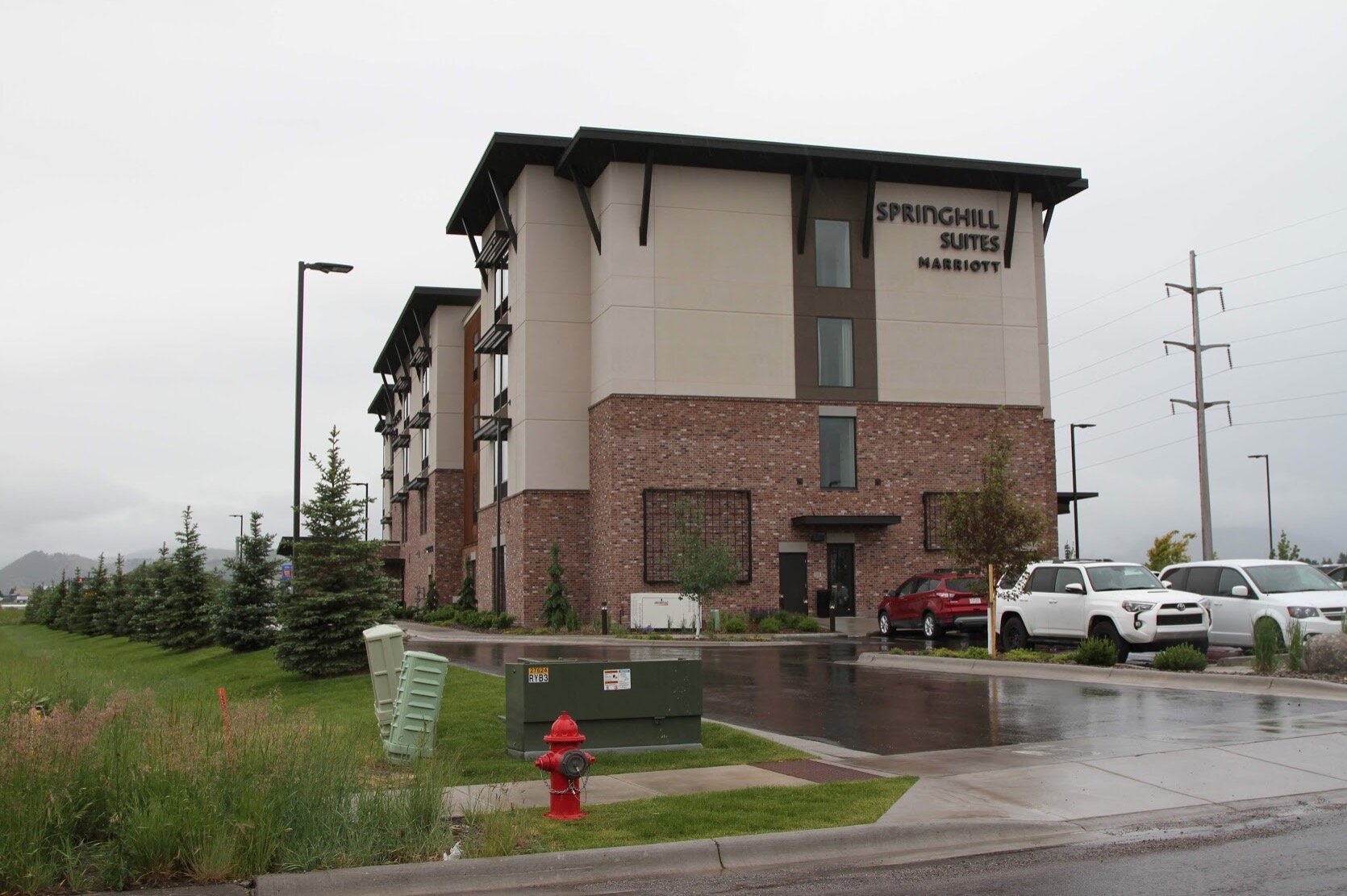
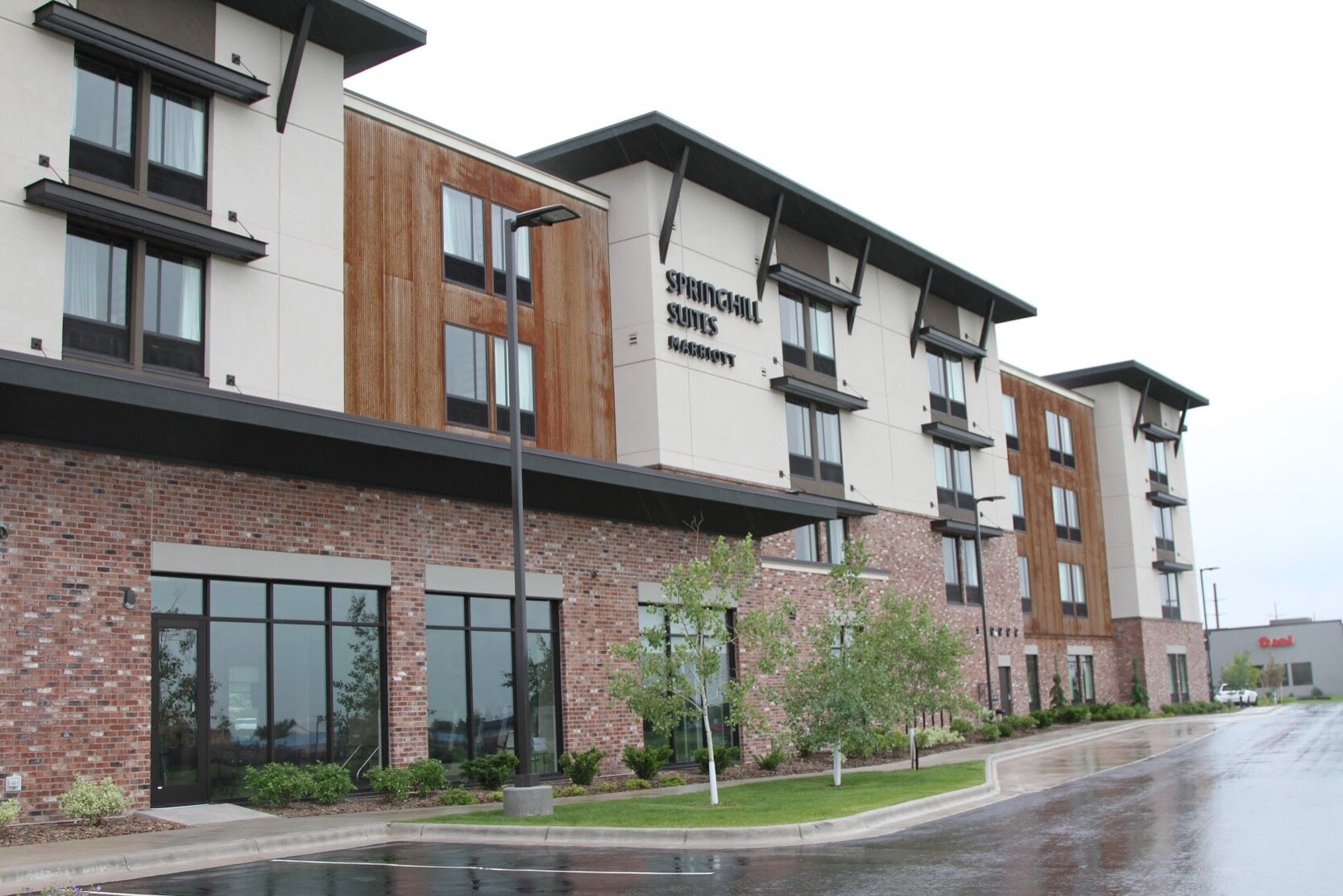
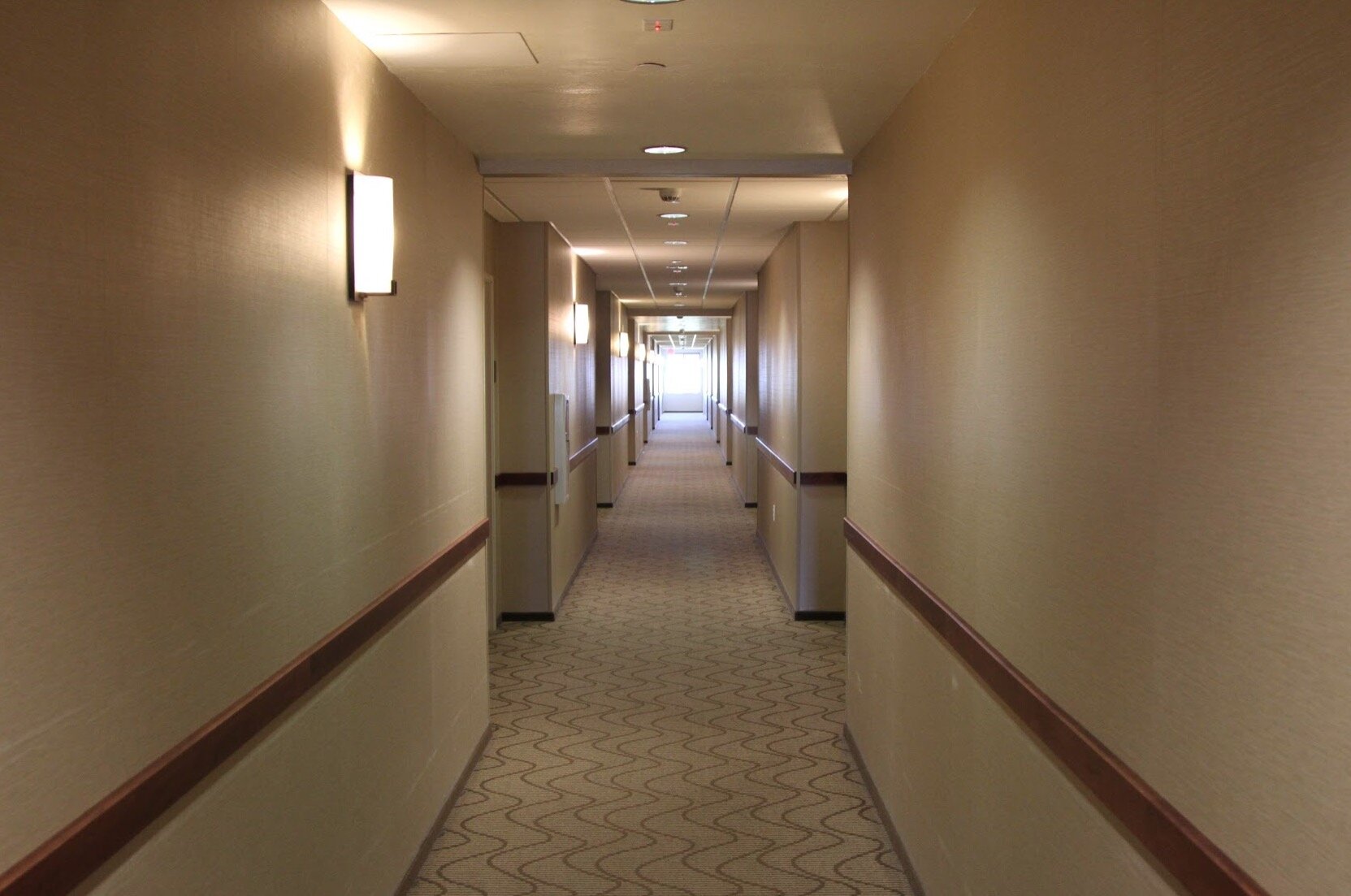
This Springhill Suites by Marriott is an American khrushchyovka. It’s between three and five stories tall. It has the same shape and overall volume. There are a similar number of units of comparable size. Same physics, same engineering, same economics, and same efficiencies are at work. All the standardized component parts came off a truck from similar factories. Identical units are produced all across the American sphere from Guam to Puerto Rico. This one happens to be in Bozeman, Montana. Everything is planned from a head office, only Marriott’s is in Bethesda, Maryland rather than Moscow. See also: Holiday Inn, Ramada Inn, Extended Stay America, Hampton Inn, et cetera. All their buildings are fungible and nearly identical.
You can argue that Marriott installs nicer wallpaper, carpets, and shrubbery, and has better management than the Soviets, but this is still a khrushchyovka. While these are currently hotels they’re intentionally designed to convert to long term accommodations as the buildings age and markets shift. You – yes you – might find yourself living in one such space come retirement when the building is rebranded as the Sunset Suites™ Golden Rewards© by Marriott. We could all be Russian pensioners waiting in the wings. I’m not saying that’s good or bad. But it’s looking highly likely for a significant segment of the population. Will Corporate America care for individuals any better than the Politburo? How much cash do you have on hand?
The Urals are every bit as beautiful as Montana. Did the Soviets do the place justice with their central planning and concrete box buildings? Meh. As these vacant fields fill up with more and more of the American version will it be radically different? This landscape won’t look like this for very much longer. The strip malls and gas stations are already under construction.
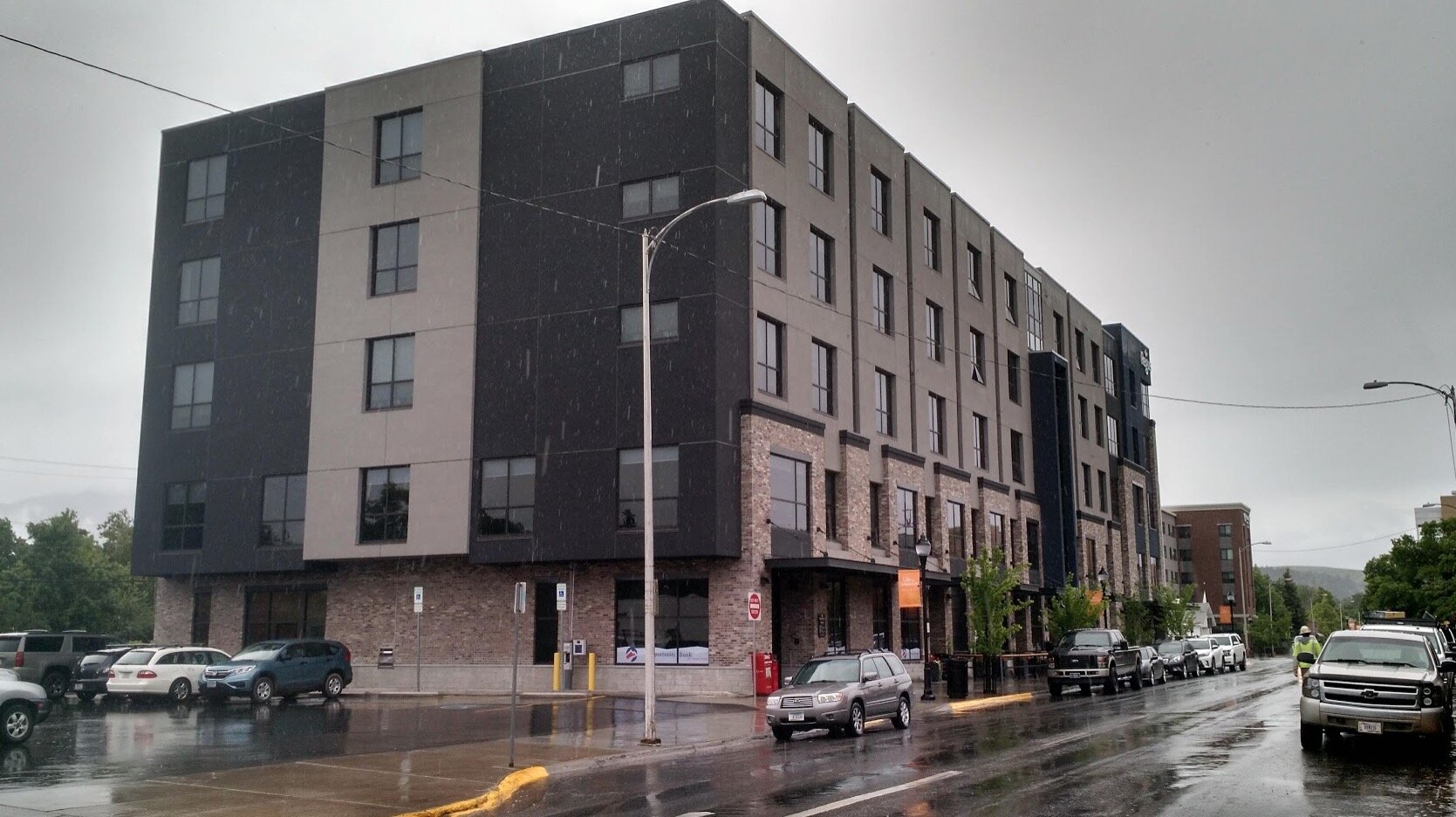
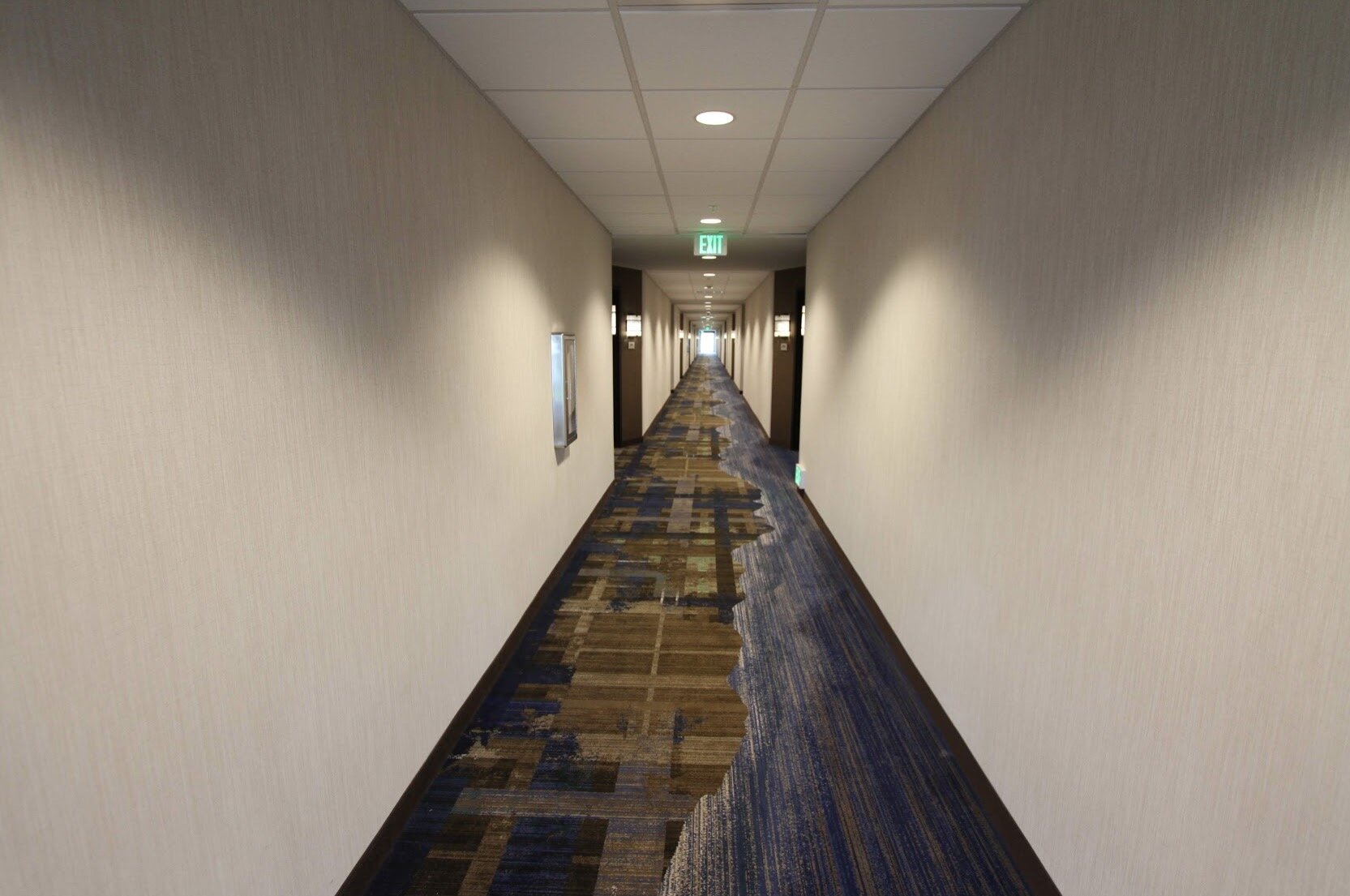
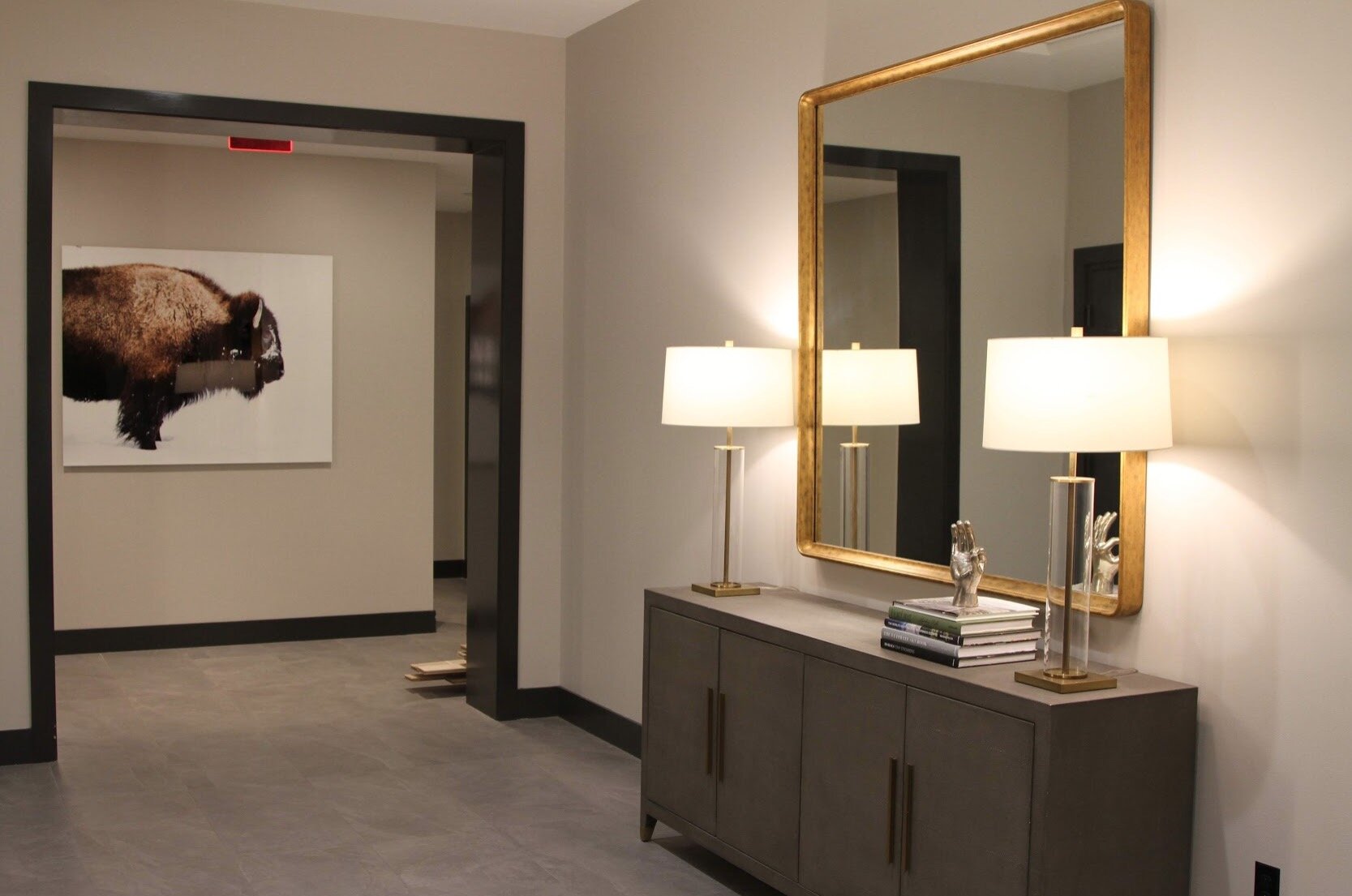
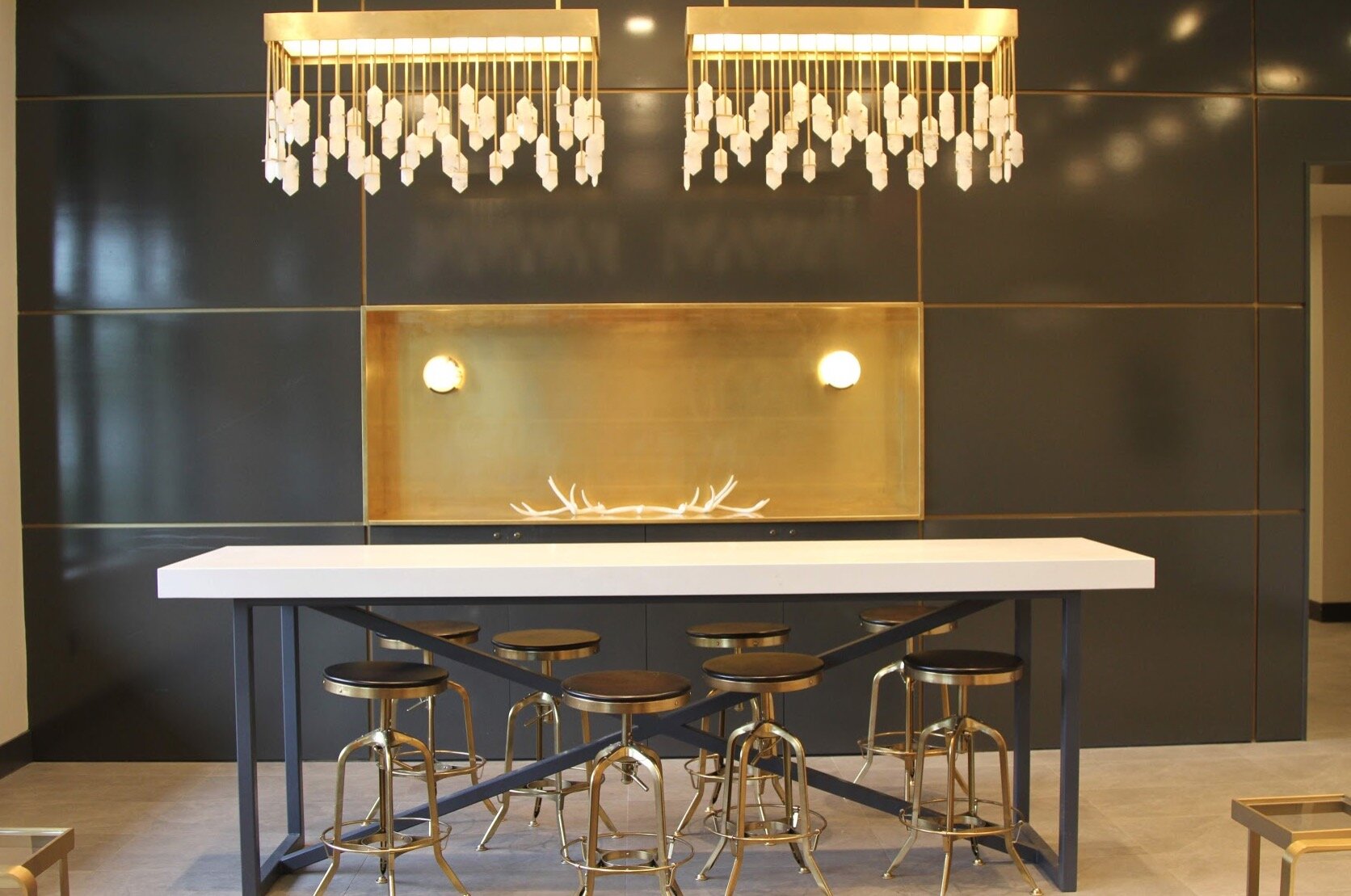

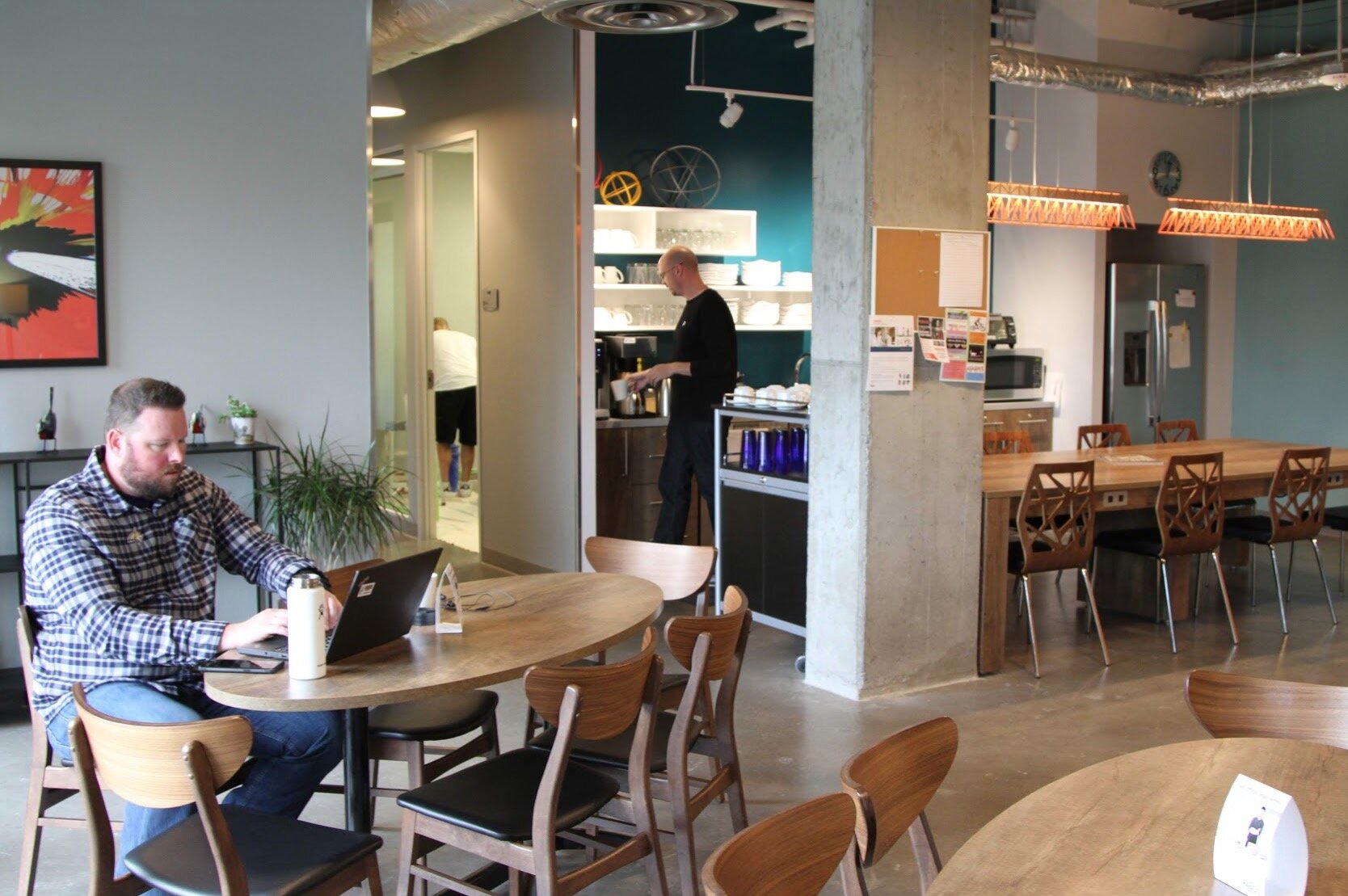
Here’s another Bozeman example. Strip out the fancy furniture and trendy light fixtures. Imagine the carpet, paint, and cabinets all getting well used for forty or fifty years. Suppose the economy winds down in this location after the bloom is off the rose. It’s a khrushchyovka with granite counters and designer appliqué. The opposite is sometimes true. Take a standard khrushchyovka and give it a fancy skin job and it’s suddenly much more livable, especially if it’s in a fashionable location.
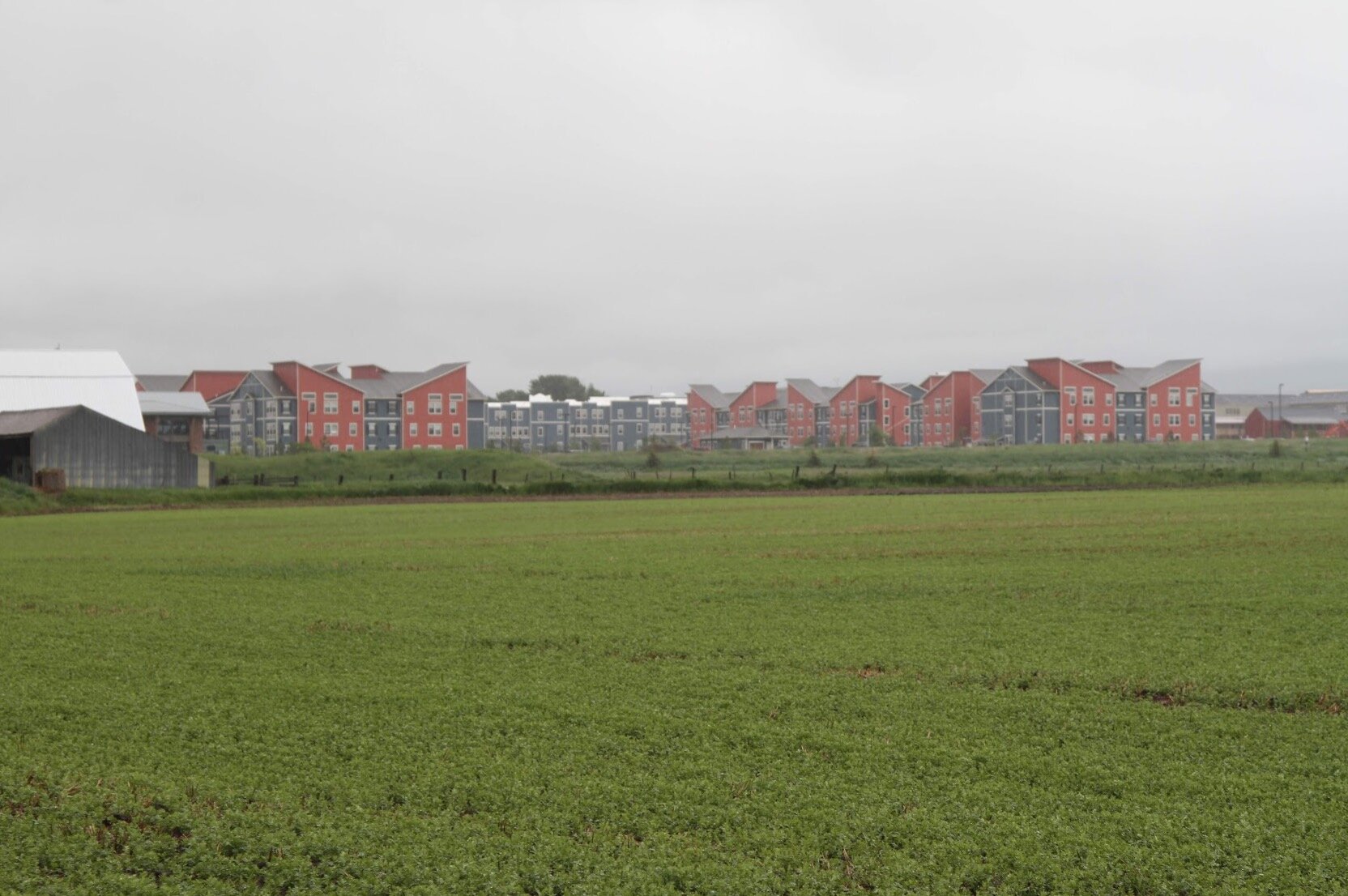
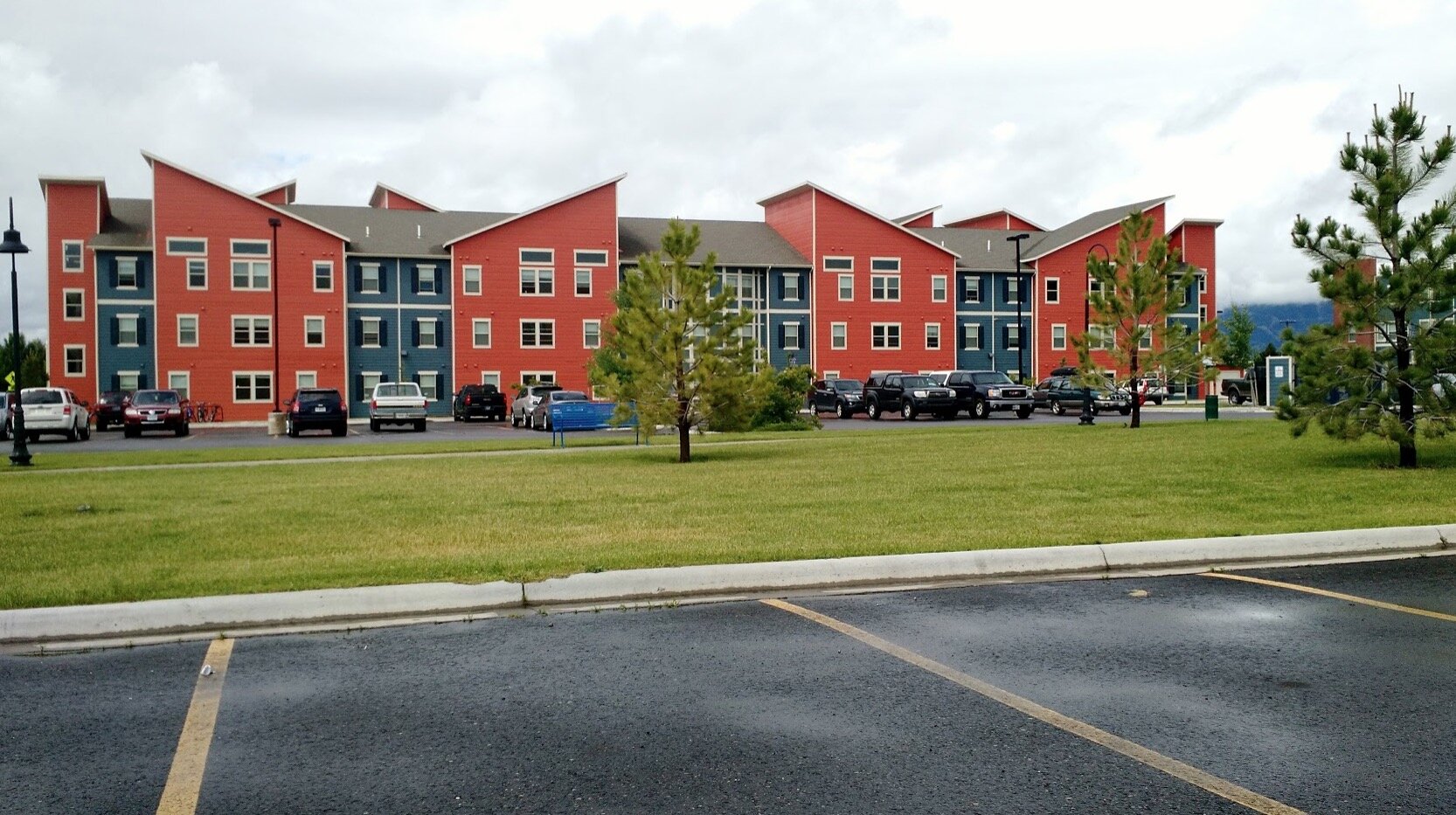
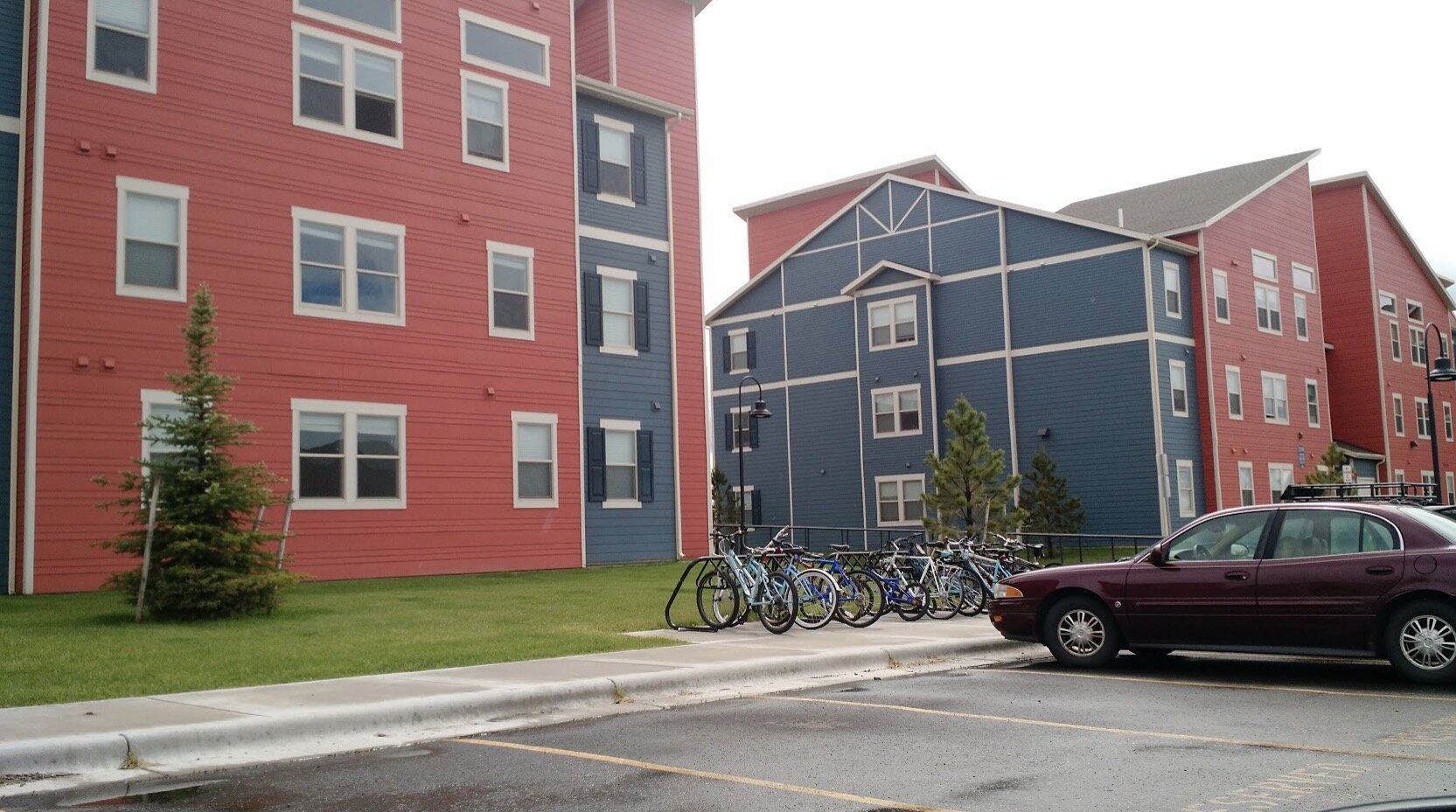
These are the Stadium View Apartments near the University of Montana. This was built with private funds and managed for profit. The sloped roofs and bright colors are entirely superficial relative to the underlying geometry and functionality. Capitalism arrives at a remarkably similar destination as communism given similar constraints and goals. How do you fit the most people in the least space with the most efficient allocation of resources? These boxes are the common result regardless of where in the world they’re built and which kind of organization builds them. These units are brand new. Just wait for the synthetic siding to begin to peel off and the vinyl windows to crack after a few Montana winters. These places are only as good as their vigilant maintenance.
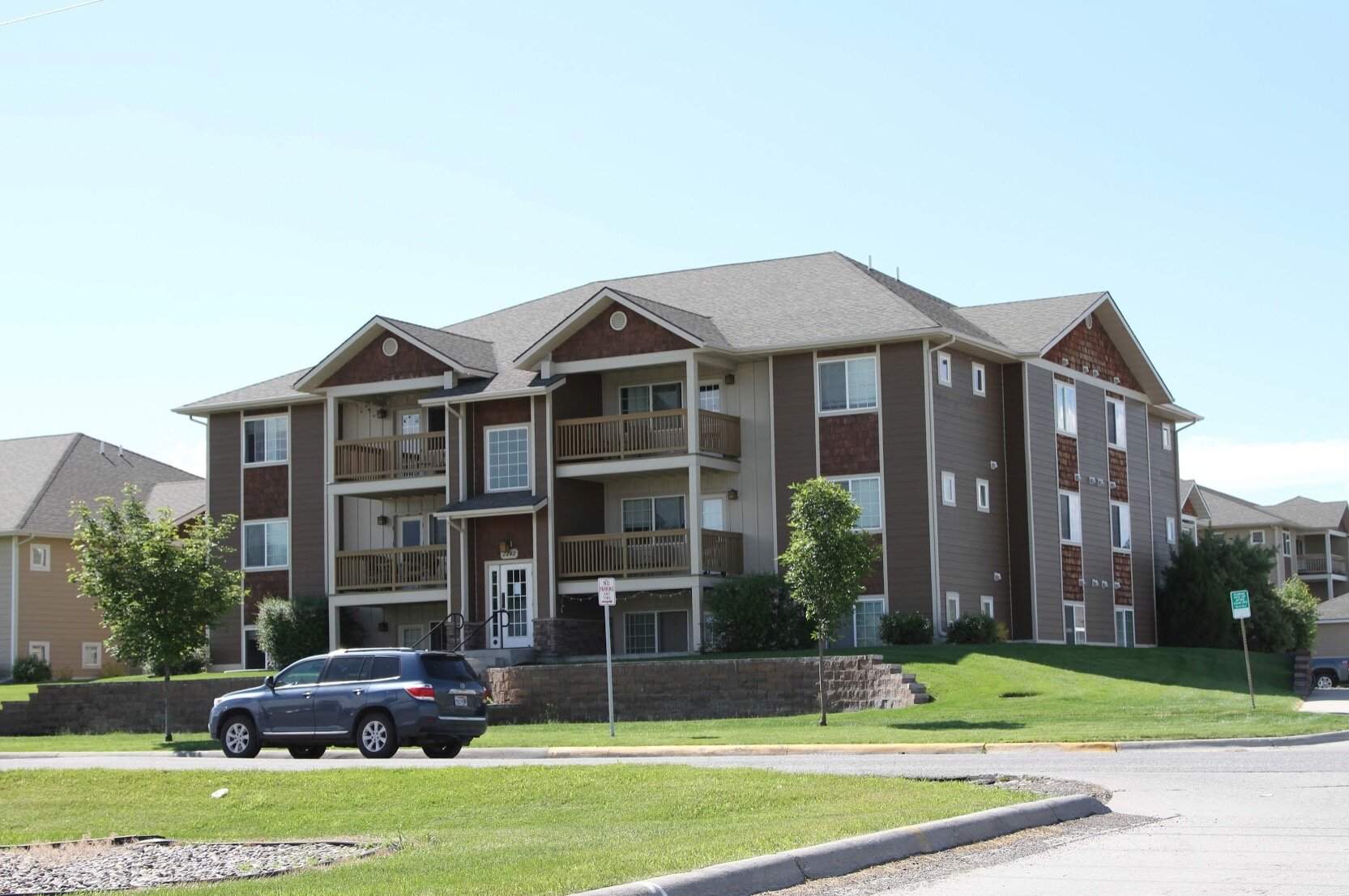

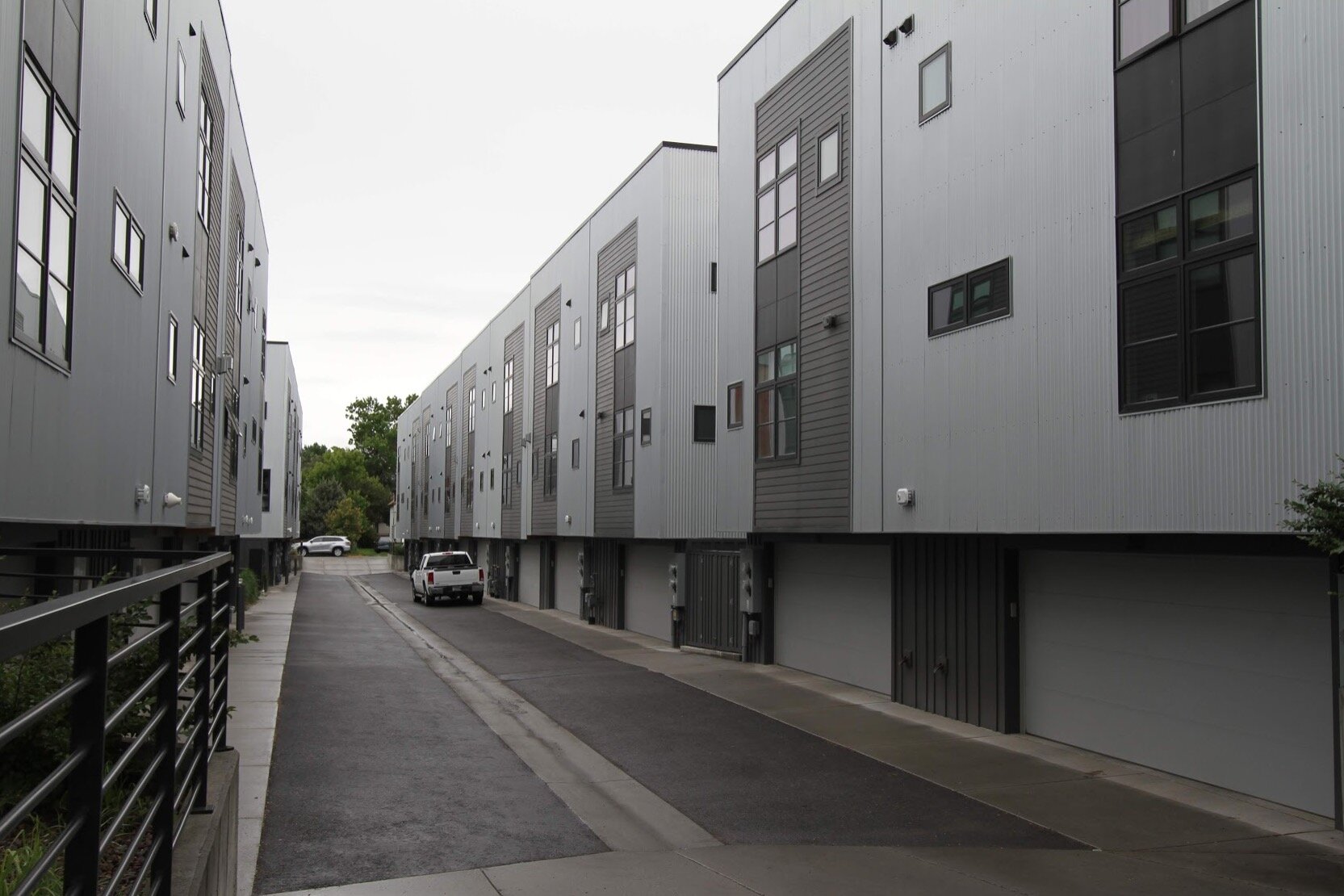
Here are other market generated buildings in Bozeman. See the same morphology and same scale, although the mass is broken up by various façade materials and softened by clever landscaping. Are these more comfortable and attractive than their Soviet cousins? Probably. When a wealthy couple or single person lives in a spacious condo it can be quite pleasant. But when a family of five or six lives in a one or two bedroom space, particularly after the units age and deteriorate for a few decades? Not so much.
My point is that much of the hype associated with certain building typologies isn’t about the buildings themselves. There aren’t necessarily good or bad building forms. But there are richer or poorer inhabitants and better or worse management systems. What both a Soviet and American khrushchyovka have in common is a structural dependence on larger institutions. If those social, economic, and political frameworks fail—as they did in the Soviet Union—it becomes harder and harder for these buildings to function as intended.

